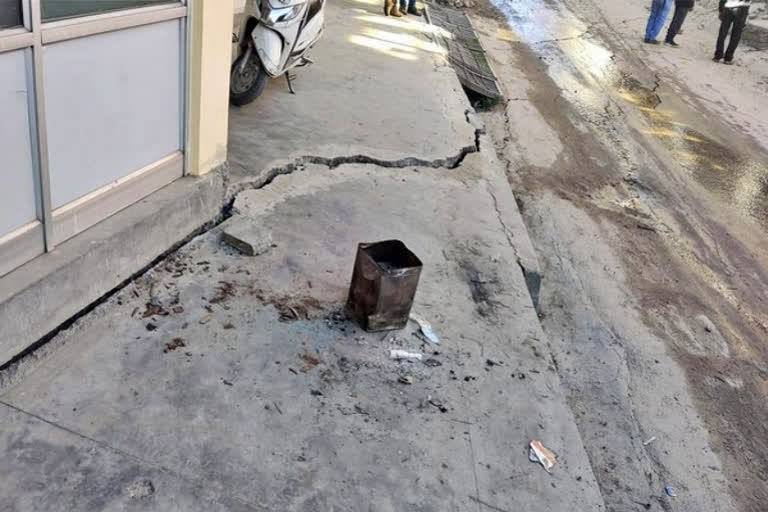New Delhi: Following land subsidence in Uttarakhand's Joshimath that first surfaced on January 5, both evacuation, as well as scientific endeavours, are on to trace the reasons for the geological occurrence, whereas possible rehabilitation strategies are being worked out for the few hundred families who have since been spending time at camps.
The issue gained momentum on Saturday, as Chief Minister Pushkar Singh Dhami visited the town, located in Uttarakhand's Garhwal division, to take stock of the situation. Meanwhile, the Centre has stepped in, setting up a panel to conduct a 'rapid study' to understand the reason and long-term rehabilitation process related to the sinking land, as well as the overall ecological impact on the region.
Here are 10 points in this big story:
- After his visit to Joshimath, Uttarakhand Chief Minister Pushkar Singh Dhami on Saturday said that the government's priority right now was to move those in the danger zones to safer locations. He has so far ordered the immediate evacuation of 600 families. Suitable places for the relocation of victims in Pipalkoti and Gauchar are also being identified, he further stated. He has also directed officials to seek clearances regarding repair work to drainage and sewerage systems so as to expedite the process, reports noted.
- Meanwhile, a plea has been filed by Swami Abhimukteshwaranand in the Supreme Court, urging the latter to declare the incident a national disaster. No development is worth the life of locals and the ecosystem, the petition argued, noting it was the duty of the Centre as well as state government to approach the situation with a 'war level' attention.
- Congress leader Rahul Gandhi also expressed concern at the situation, terming it a result of 'going against nature by continuous digging and unplanned construction on the mountains'. He also appealed to all Congress workers in the area to help residents in need of help and take them to safe locations.
- CM Dhami has also directed authorities to prepare for medical assistance in affected areas and to arrange for airlifting people in case it is required.
- The expert team studying affected areas includes geologists, building specialists, engineers and other experts, as per Chamoli Chief Development Officer. While speaking to the media, the latter also informed that NDRF teams have been deployed in the area as part of precautionary measures.
- Both residents and local organisations, however, posed an anti-administration stance on Saturday. Government's repeated non-response to locals' concern over Unhindered construction activities such as NTPC's Tapovan-Vishnugad project and construction of the Helang-Marwari bypass, have escalated the situation, members of the Joshimath Bachao Sangharsh Samiti alleged.
- Joshimath is the gateway to major pilgrimage spots such as Badrinath and Hemkund Sahib. A major military base on the India-China border is also located in the area.
- Joshimath is not the only city to face the question mark of any large-scale future calamities, however, as Manasa Devi hills, located near the holy city of Haridwar, are showing signs of constant breakage. Speaking about the issue, Environmentalist BD Joshi said the hills, a part of the Shivalik range and formed largely by riverine soil rather than a rocky core. Constant widening of roads is leading the hill to become weaker, he said while speaking to ETV bharat on Saturday.
- The Marwari area of the city is said to be the worst hit, as water continues to guzzles out of the ground with great impact.
- Several residents rescued from the area spent their night on Friday under poor conditions, surviving on instant noodles and without proper resources.



